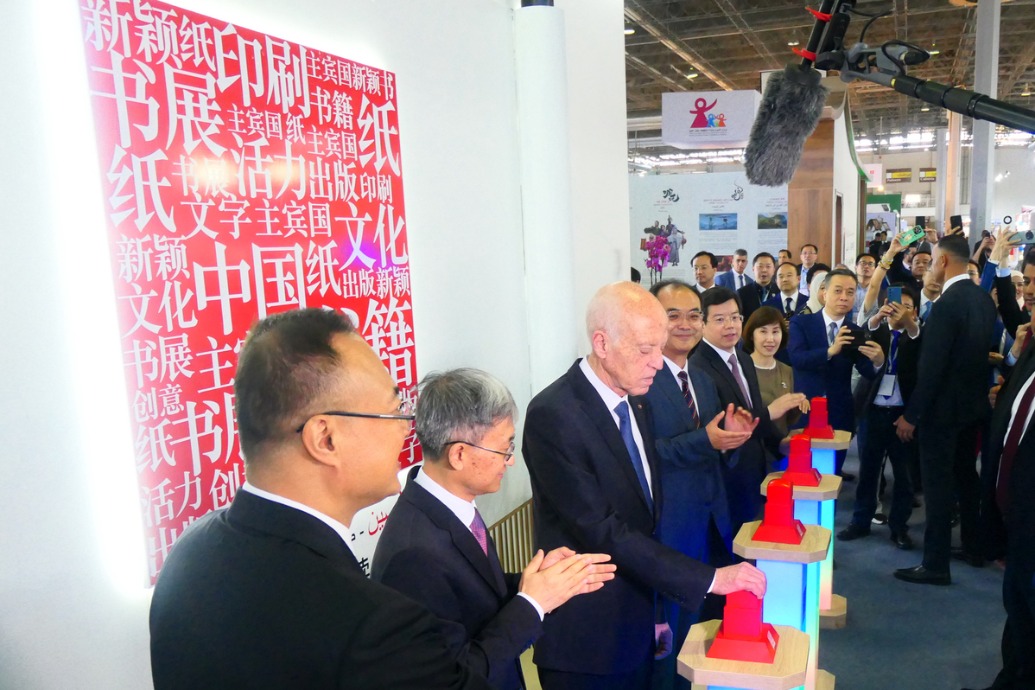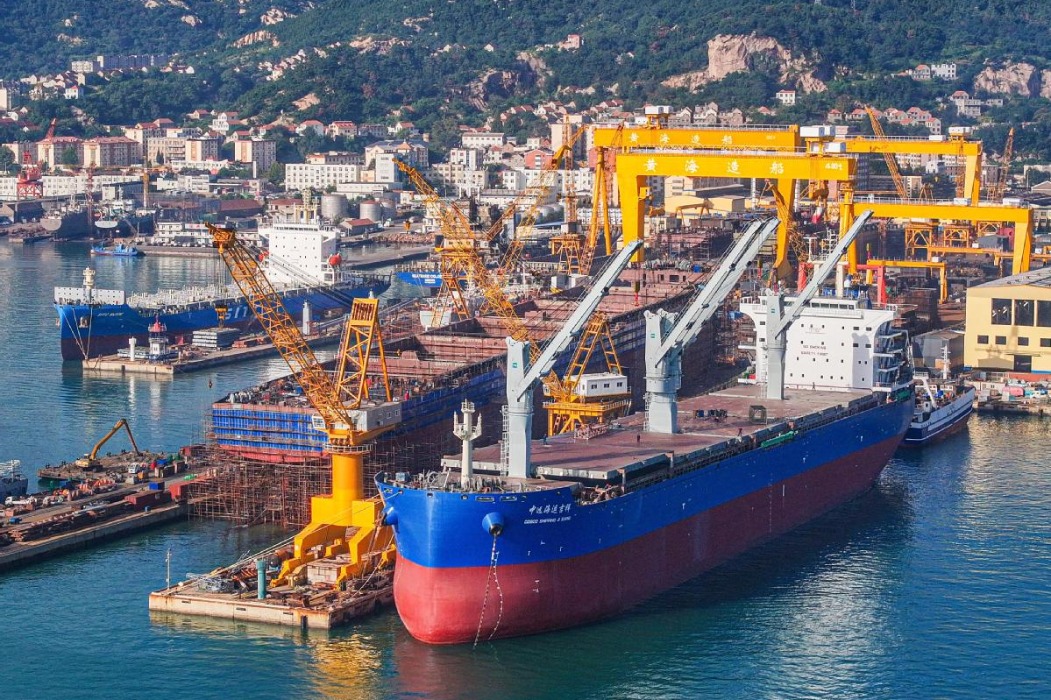Big two need to move forward


China has established itself as the world's second-largest economy, with GDP in 2024 reaching approximately 134 trillion yuan ($18.39 trillion). With nearly $6 trillion in total imports and exports and foreign exchange reserves of $3.2 trillion, China contributes around 30 percent to global economic growth.
It has set a 5 percent GDP growth target for 2025. Government expenditure is projected to reach 11.86 trillion yuan, with tax reductions and interest rate adjustments planned to stimulate market vitality.
In its medium to long-term strategy, China is transitioning from "high-speed growth" to "high-quality development". Research and development investment has reached 2.68 percent of GDP, exceeding the Organization for Economic Cooperation and Development average, with strategic focus on artificial intelligence, information technology, new energy, advanced materials, life sciences, biotechnology, and transportation equipment manufacturing. Environmental sustainability has become a strategic priority, with China committed to peaking carbon emissions before 2030 and achieving carbon neutrality before 2060.
Despite facing trade restrictions from some countries, China remains committed to promoting economic multilateralism through platforms such as the Belt and Road Initiative.
The claim that China imposes high tariffs on the US while the US maintains lower tariffs on Chinese goods — leading to trade deficits and manufacturing job losses — is fundamentally wrong. Manufacturing locations, after all, are decided on the basis of comparative advantages rather than tariff rates. Considering China's trade deficit with the US in services and China's industry subsidies that comply with World Trade Organization rules, trade restrictions aimed at suppressing China's industrial advancement are neither reasonable nor acceptable.
Bilateral trade with the US represents only about 10 percent of China's overall foreign trade volume. China's position is clear: if the US persists with trade confrontation, China has both the confidence and capacity to respond effectively.
China is implementing a comprehensive opening-up strategy characterized by greater scale, broader scope, and deeper institutional integration. The "greater scale" component focuses on export diversification, enhancing supply capabilities and competitive advantages to deliver high-quality, reasonably priced products globally. Simultaneously, China is substantially increasing imports to meet domestic consumption upgrades and supply chain improvements, utilizing platforms such as the China International Import Expo to diversify import sources and expand service trade in education, transportation and cross-border e-commerce. The "broader scope" element emphasizes developing digital and green trade. Finally, the "deeper integration" aspect promotes institutional openness. China is working closely with the WTO and other international organizations to advance reforms in trade rules, technical standards, and regulatory frameworks.
China's vast market of over 1.4 billion people with a per capita GDP exceeding $13,000 creates substantial import demand for agricultural products, energy, and industrial goods from the Global South countries.
Through the Belt and Road Initiative, China provides infrastructure development support to Global South countries without imposing conditional requirements, unlike Western aid models. Drawing from its successful experience in domestic infrastructure development, including high-speed rail networks, China offers valuable technical support and development models to these countries. Also, China's foreign direct investment creates employment opportunities in host countries.
China's development model demonstrates an alternative path to the traditional Western approach. This "new modernization model" aligns with the China-proposed Global Development Initiative, Global Security Initiative, and Global Civilization Initiative.
Taking China-Russia trade as an example, economic complementarity and comparative advantages can drive mutually beneficial exchange, with countries supplying what their trading partners need most based on their respective strengths.
Strategic coordination at the political level is essential for stable international relations. Further promotion of trade and foreign direct investment requires accelerating certification processes and improving logistical bottlenecks. Educational cooperation holds strategic value, as illustrated by joint degree programs between universities that enhance mutual understanding and cultivate business leaders familiar with international markets.
The US' core concern may be China's successful rise in industry value chains. But both nations would benefit more from cooperative strategies focused on expanding the overall economic pie rather than imposing restrictions.
There is no final success, nor fatal failure: what matters is the courage to continue moving forward.
The author is president of Liaoning University and a fellow of the International Economic Association. This is an excerpt of his speech delivered at the 22nd Evolution of the International Trading System: Prospects and Challenges conference hosted by Saint Petersburg State University. The views don't necessarily reflect those of China Daily.
If you have a specific expertise, or would like to share your thought about our stories, then send us your writings at opinion@chinadaily.com.cn, and comment@chinadaily.com.cn.


































